
If there’s one term that has been thrown around a lot in the last 12-18 months it is the smart home. In simple terms, this refers to a new range of products which connect to the internet to allow you to control your home in a way that’s potentially more energy efficient and convenient.
You may even have the makings of a smart home without realising it. Products like Nest and Hive have grown in popularity, and you may have had one installed the last time your boiler died. But what do these gadgets do? And will they really make your life any easier?
Choose a system
While there are a multitude of smart home gadgets, they aren’t always compatible with each other so it’s important to pick a system – ie, the operating system for your gadgets – and stick with it. The four main systems are: Apple HomeKit, Samsung SmartThings, Nest and Hive.
Each has its own advantages. HomeKit can only be controlled through Apple devices so if you use them a lot, then it’s probably the one for you. Nest and Hive, however, work on both Apple and Android devices – but while the SmartThings, Nest and HomeKit systems allow you to use smart products from multiple brands around your home, Hive requires you to use only their own branded products.
Each one of these systems though supports three main functions that can be controlled throughout your house: heating, lighting and cameras.
Smart Heating
This is the most common reason to invest in a smart home. A smart thermostat lets you control your home’s heating from wherever you are in the world, using either your smartphone or by logging into a website.
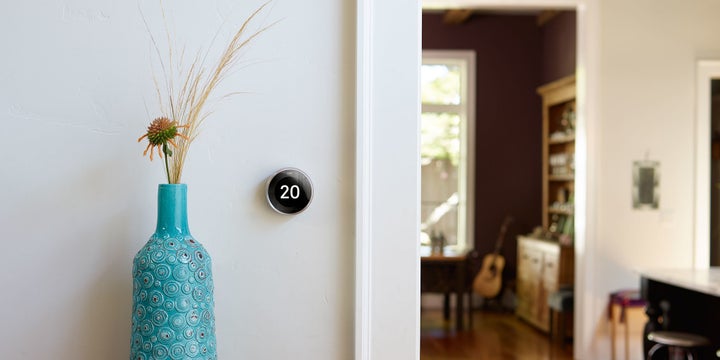
In addition, smart thermostats can learn from your heating habits and try to save you money by only heating your house when necessary, rather than sticking to the strict schedules of analogue thermostats.
By creating an imaginary ring around your home, they know when you’ve left the house and can warn you if you’ve left the heating on. Coming home? They can automatically start heating your home before you walk through the front door.
Do I need it?
More than anything, smart thermostats are a huge convenience and in the case of Nest and Hive, come with their very own ecosystems of products keeping things nice and simple if you want to expand. They start at around £249 (with professional installation included).
Smart Security
Smart cameras are the future of home security. These internet connected cameras can let you see what’s going on in your home 24/7 through an app on your smartphone or via a website.
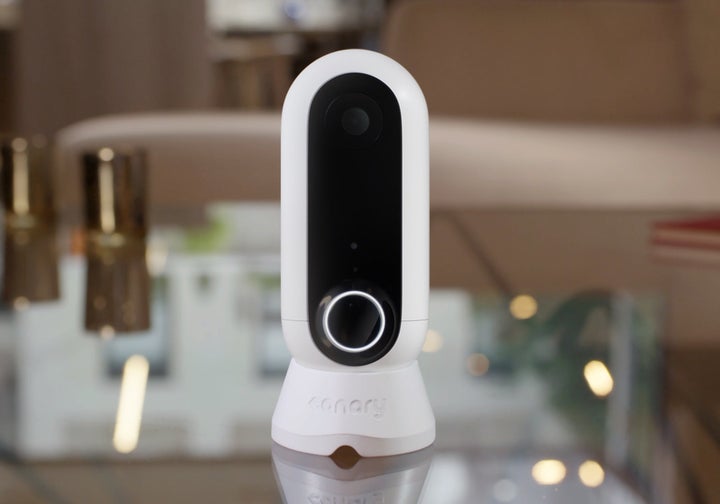
Most companies (Nest, Hive, Canary, Logitech) make sure their cameras are encrypted so you don’t need to worry about anyone hacking in and spying on you.
Smart cameras will usually come with some form of artificial intelligence that allows them to know when someone is moving around your home when they shouldn’t, and then send a notification to your phone.
They can then record a clip of the person in question and save it to your phone. Some also contain speakers which allow you speak through them via your smartphone.
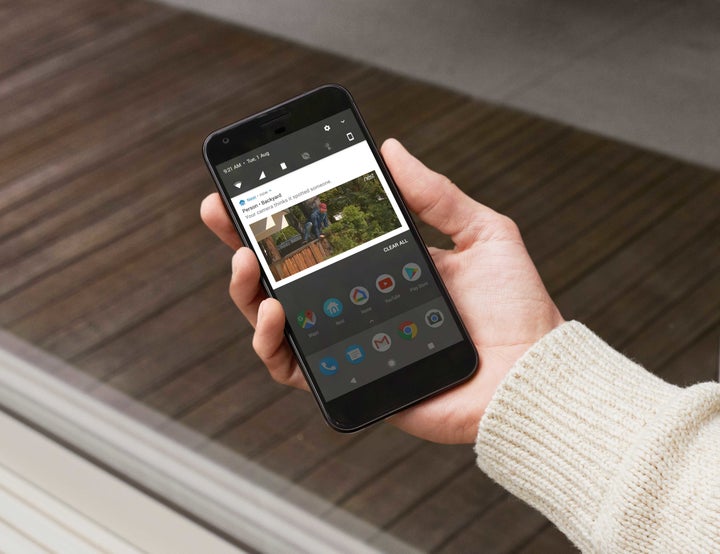
Smart cameras might be useful, but they can also get very expensive very quickly. This is because all of the footage they record has to be stored in the cloud, and storing that footage costs money.
Nest, for example, charge £4 per month to get the last 10 days of video stored on a single camera. Buy another camera? That’s another £4 per month. If you want the last 30 days recorded the monthly cost goes up to £20.
Almost all smart cameras come with these monthly plans so remember that not only will they cost around £200 to begin with, they’ll also cost around £80 per year to maintain.
Do I need it?
For peace of mind, smart cameras are a remarkable step forward in home security. But at around £150-200 they’re not cheap, and those monthly payments can quickly add up.
Smart Lighting
Smart lighting consists of WiFi connected lightbulbs that can be remotely controlled using your smartphone or tablet. The three main companies that offer smart lighting are Philips, Hive and Ikea.
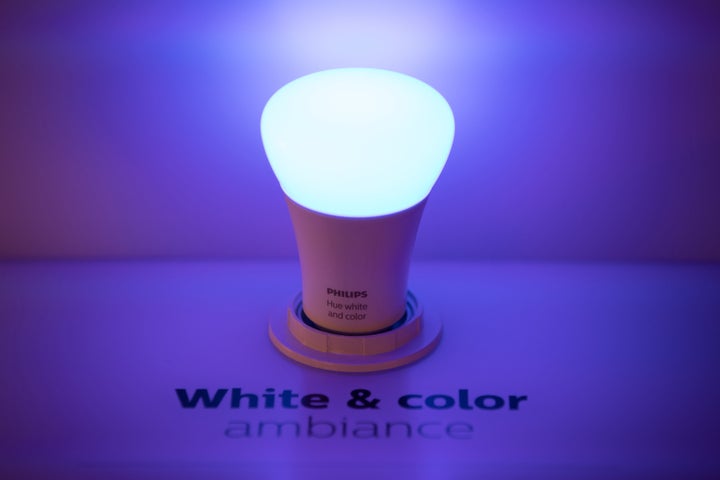
Smart lighting bulbs are almost exclusively low-energy LEDs so you’ll save on your electricity bill. And, thanks to their ability to change colour, you can create ‘moods’ for rooms and simply tap a button and watch the entire room change.
Much like smart security though this can become very expensive very quickly. Bulbs from Philips range from £20-30 each. If you want something a bit more affordable then Ikea’s lighting is around £9-25.
Do I need it?
Think about how many lights you have in your house and the cost for smart lighting can be eye-watering. If you are committed, think about investing slowly but surely, working on individual rooms and slowly building up your collection. Smart lighting is generally a luxury – but it can also be useful for security, if for example you’re away but don’t want your home to look empty.
Smart Meters
Last but not least are smart meters, these small devices were pitched as being the revolution in energy consumption giving you up-to-date data on just how much money you were spending.
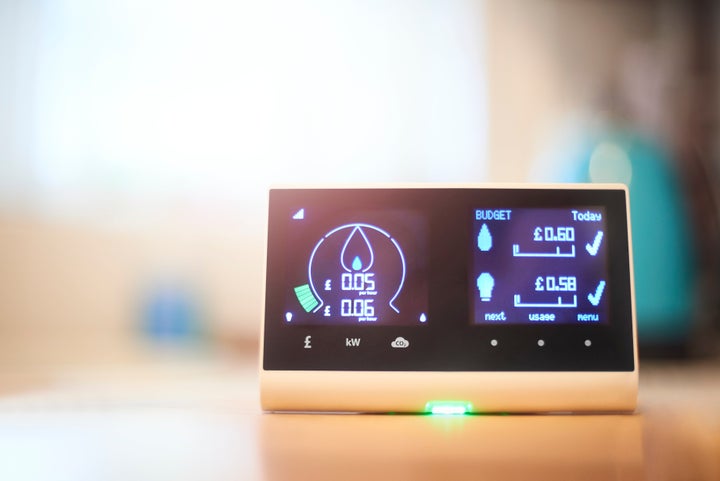
They’ll automatically send your meter readings to your energy supplier and can give you a live view of how much your heating and electricity is costing you.
Smart meters aren’t without their problems though. They’re often anchored to the energy provider so if you switch supplier they can go ‘dumb’ effectively losing all their benefits. Many suppliers also still encourage consumers to stick with fixed rates, reliant on monthly readings.
Do I need it?
If you’re concerned about the amount of energy you’re using, smart meters are a great way of giving you transparency. But they’re not going to revolutionise the way you pay for your electricity, and issues with compatibility between providers means they can become something of a dud if you move supplier.
